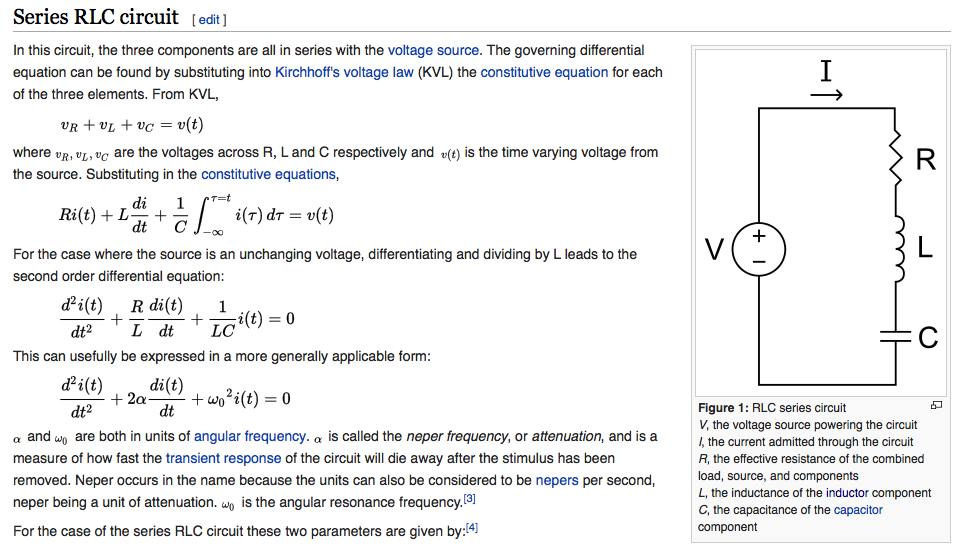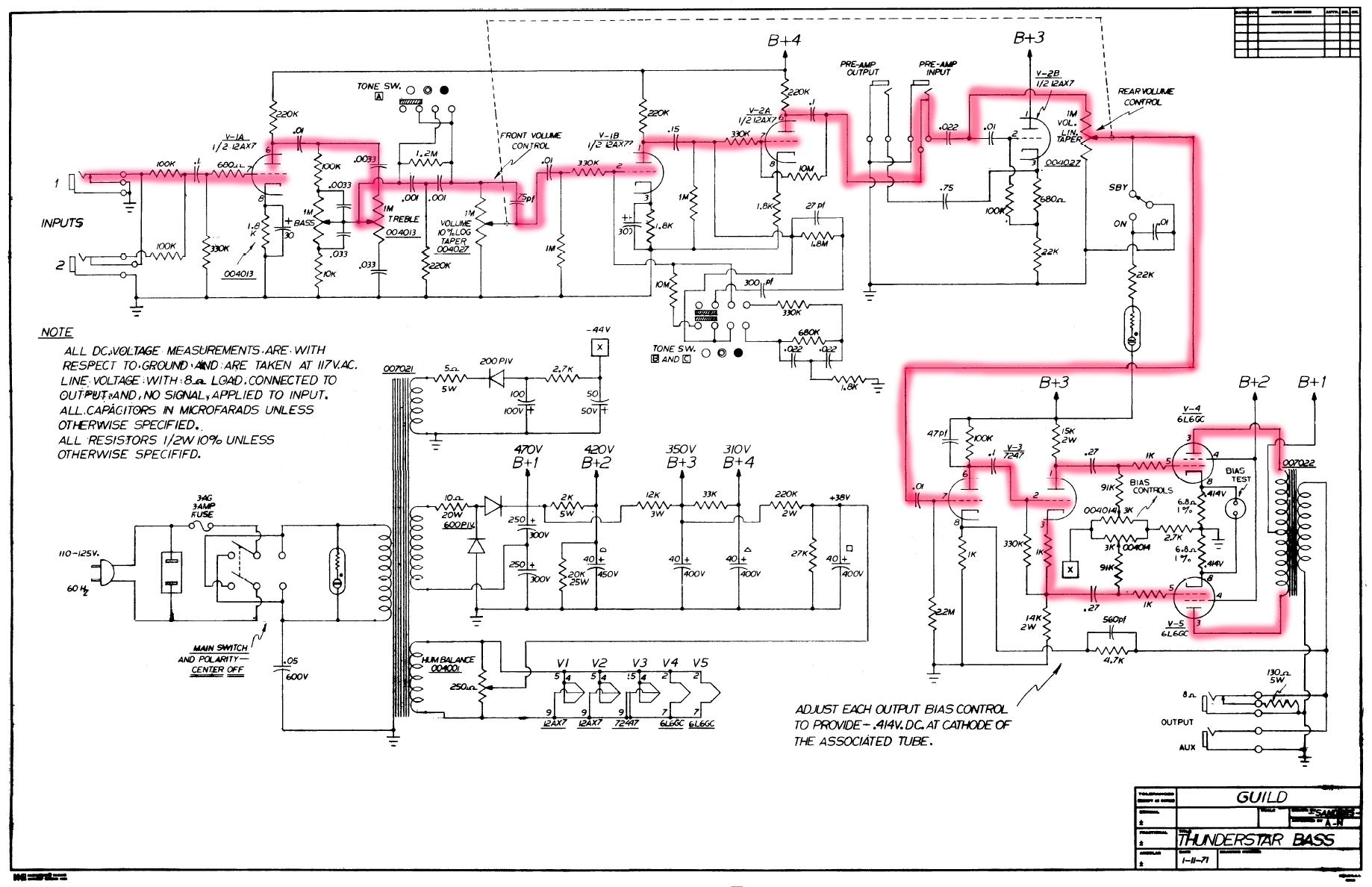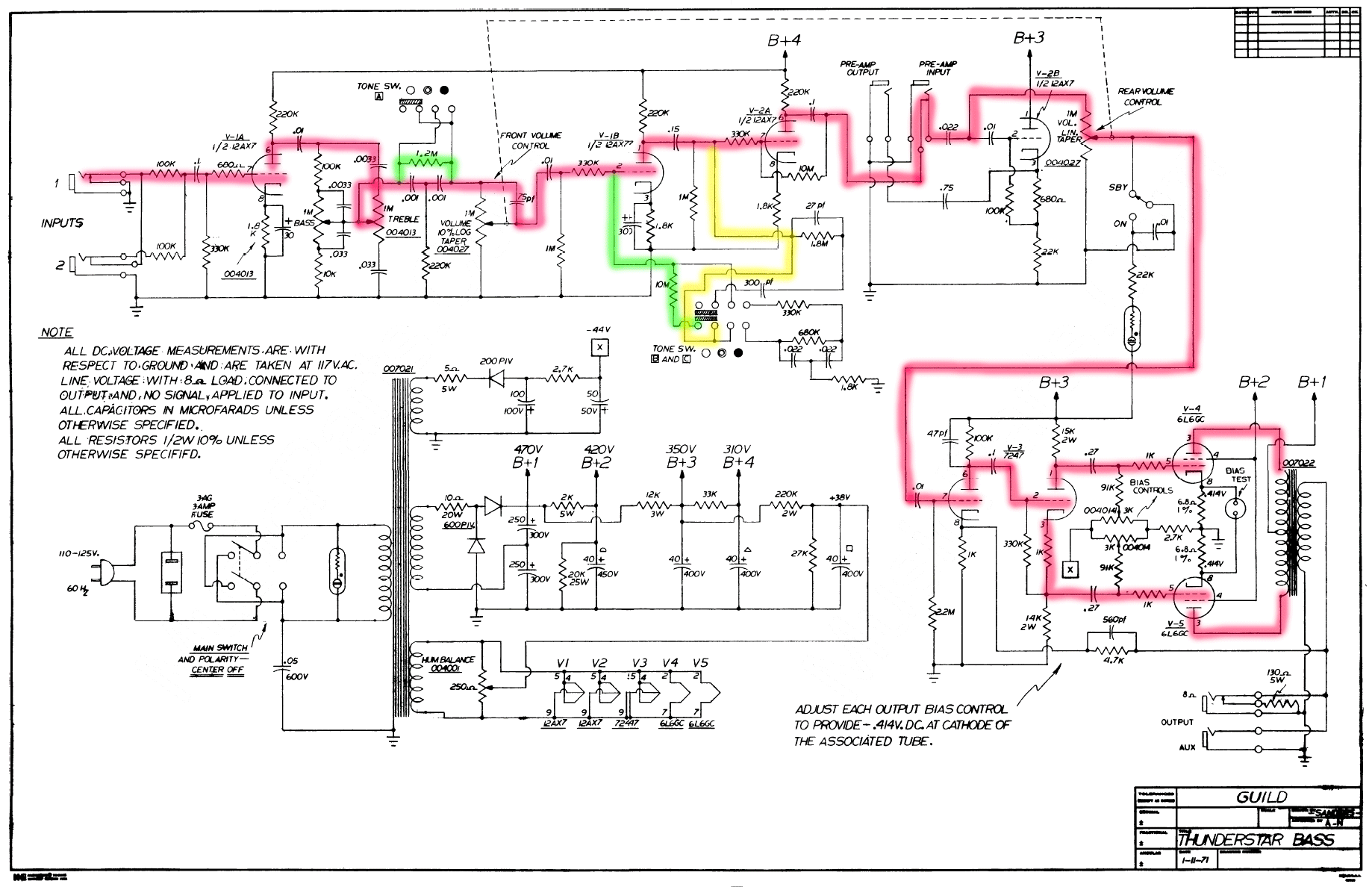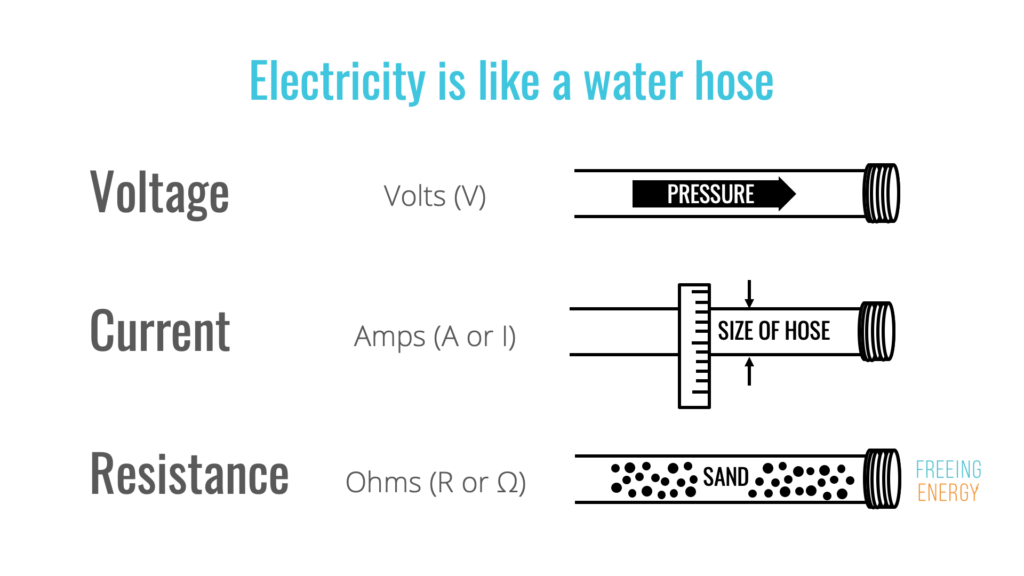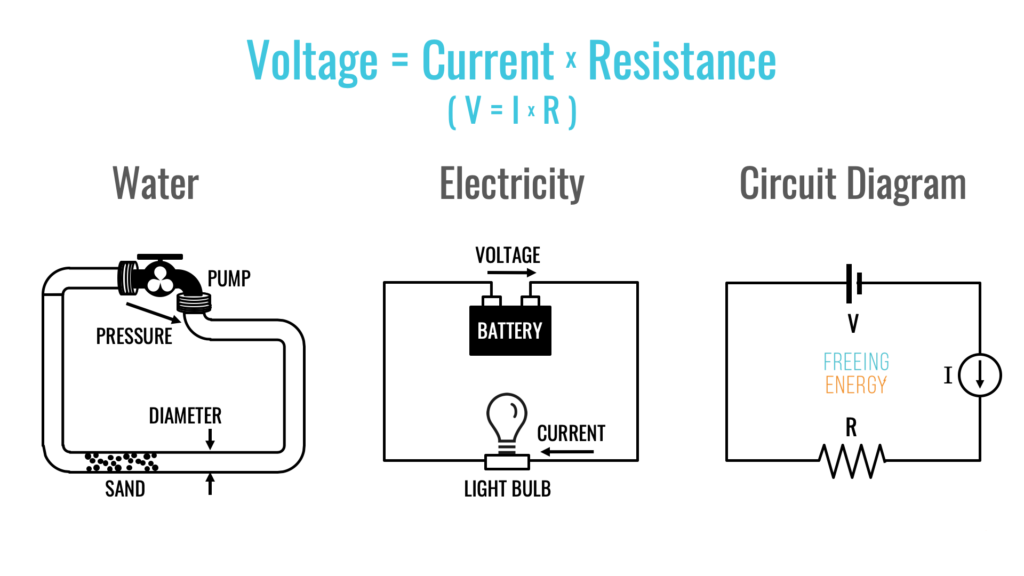After all that I don't think I answered your question.

Electronics are kind of like lego, tinkertoys, erector-sets, or other "build" toys in that you have a pile of parts, and if you put them together one way they build something, and if you put them together in another way they build something else. What they build is up to the designer. In some cases that's simple, and in some cases it's not.
Old guitar amplifiers are actually pretty simple, and the simpler they are the better they often sound. The key to a guitar amp is to (duh) amplify an AC signal. That means increasing its voltage. In old amps this is done via vacuum tubes, and in many modern amps it's done via transistors. How those work is a page of text in and of itself, but they're just another component in the chain.
When I was working on my TunderStar Bass amp I took the schemtatic and color-coded it so I could follow the signal:
When you learn to read a schematic, what looks like a convoluted mess becomes one or more signal paths. Each tube in the schematic is an amplifier or rectifier (converts AC to DC) so with an oscilloscope you can see the signal and test that it should be what the schematic says it should be.
The amp has a three-way switch on it and I added colors to visualize how the signal changed based on the switch positions:
Again it's all physics and math. Change any of the component's values along the signal chain and you can affect the tone of the signal coming out of the speakers. By changing values of components you can make the amp louder, softer, distort more or less, have less or more bass, treble, etc., or make it just screech.
The real geniuses can visualize all of this in their heads and tweak an old Fender amp and turn it into something John Mayer pays $100,000 for. Those geniuses are also often quite mad.

I'm not an Electrical Engineer (EE) so I can usually fix them and not die (tube amps have hundreds of volts DC with big current - they are quite dangerous to work on), but I'm no designer.

